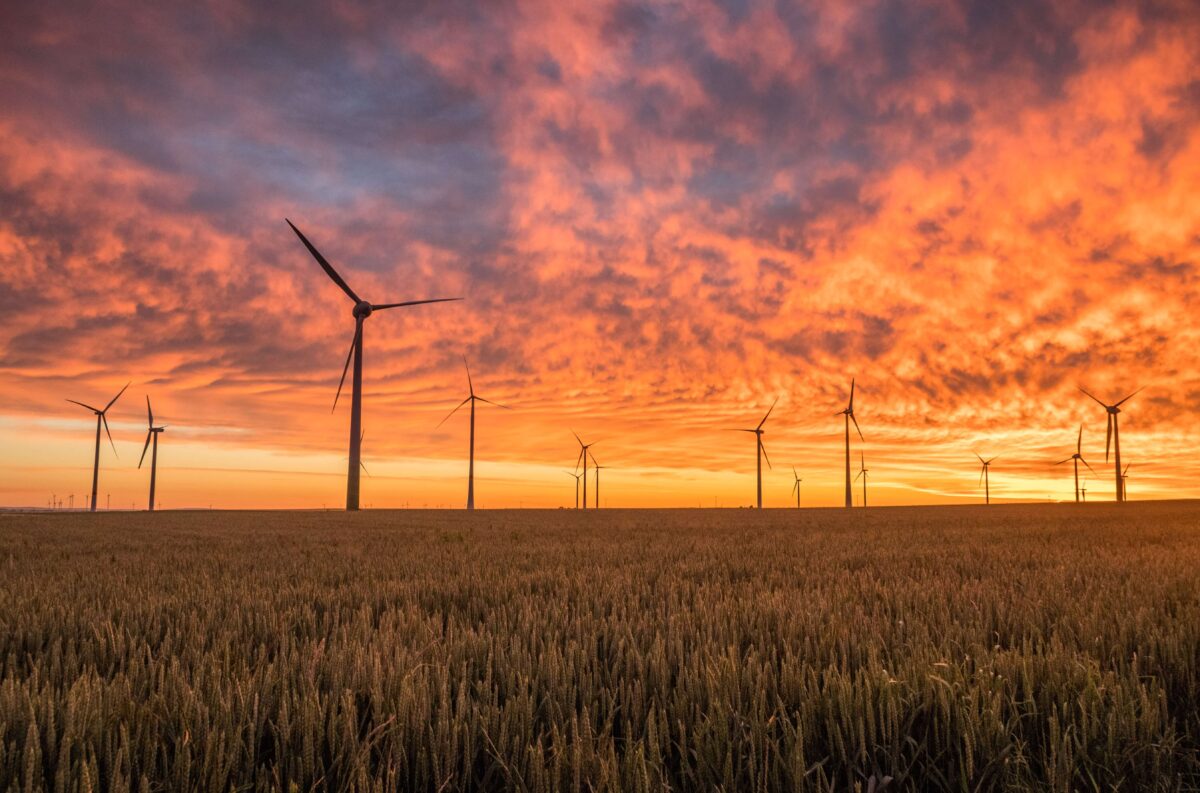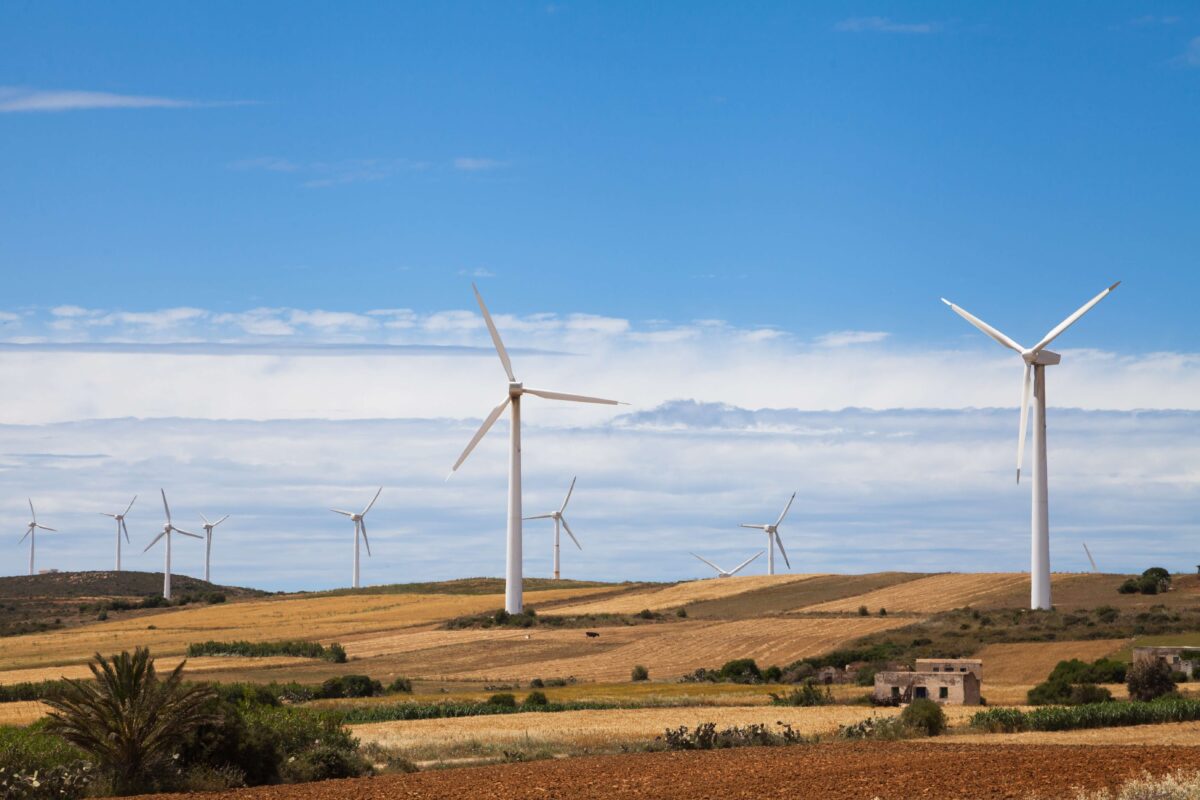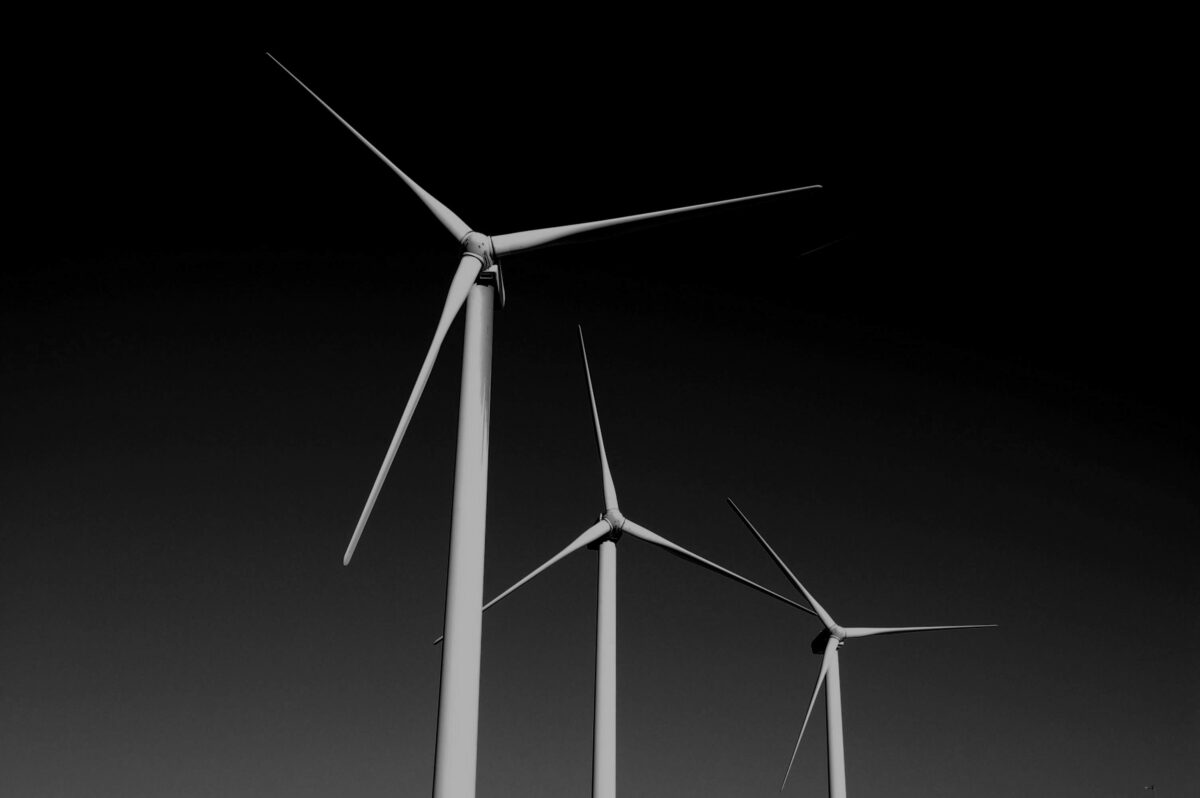MEPs vote in favour of increasing efficiency and renewable energy targets
Last week, MEPs voted in favour of increasing efficiency and renewable energy targets at a meeting of the European Parliament’s energy and industry committee. In a tight vote, support was given for a 40% binding efficiency goal for 2030, but the Renewable Energy Directive only set a 35% target with no binding national targets and up to 10% ‘flexibility’. The directives will go to a plenary vote in mid-January 2018, after which negotiations between the EU Commission, Parliament, and Council will begin. This vote comes after the European Commission published its third report on progress made in delivering and implementing the Energy Union last week.
Independent energy supplier So Energy has claimed to be the first UK energy supplier to offer customers a choice on where their renewable energy is supplied from. With a portfolio including tidal, hydro, wind and solar, the supplier’s fuel mix will reflect how customers vote. UK customers will also have more options for purchasing electricity this winter with the arrival of taxpayer-owned energy companies launched by local authorities this year. Suppliers such as Angelic Energy in north London and Liverpool Energy Community Company have been set up to tackle what they see as unfair pricing by big utilities. Other councils have gone further by building their own power-generation, heat, and electricity networks. Also this week, the Energy Networks Association (ENA) announced it will release an ambitious new smart grid plan that is the culmination of a year of small-scale trials and will mark the start of a rapid increase in energy mini-markets over the next six years.
Royal Dutch Shell has announced its ambition to cut the net carbon footprint of its energy products 20% by 2035, and around half by 2050. The company will disclose the net carbon footprint of operations and the use of its energy products (in grams of CO2 per MJ consumed and taking account of any emissions offset). Shell announced it will conduct reviews every five years to ensure it is in line with societal progress toward the carbon footprint reduction required to meet the Paris goals. Its spending on wind power, biofuels, and electric car infrastructure will still account for a small fraction of the company’s planned US$25-30 billion annual investment for its new energies division.
The Green Investment Group, formally the UK Green Investment Bank, has launched a new service called Energy Solutions to help medium-to-large energy users reduce their energy costs and cut carbon emissions. The new service, with no upfront costs, will provide ‘end-to-end technical and funding support’ to guide distributed energy and efficiency projects from planning and construction to operation and management.
The IEA has released a report highlighting progress made by Denmark towards its ambitious goal to be a low-carbon society independent of fossil fuels by 2050. The report focuses on how to integrate renewable energy in the power sector beyond its current share of 45% and how to decarbonise the heating sector. Despite successfully decoupling economic growth from its emissions due to energy efficiency improvements and switching to renewables, Denmark needs to do more to limit emissions from its transport sector.
Plans for The Asian Renewable Energy Hub were announced last week in Jakarta. The proposal is for a hybrid wind and solar site based in the Pilbara region in Western Australia, which is capable of generating 5GW from 1,200 wind turbines and a further 2,400 MW from solar. The power would be converted to high voltage DC and transmitted via two subsea cables to Indonesia. Backed by a consortium of international energy companies, a decision on the project is expected by 2020.
The Ministry of New and Renewable Energy (MNRE) in India is planning a ‘rent a roof’ policy to support its ambitious plan to generate 40 GW of rooftop solar by 2022. The plan is currently behind targets, and there are concerns that India is not expected to achieve even half of its solar rooftop targets by 2021. Under the scheme, developers will have responsibility for installation and maintenance rather than the individual household and will then feed the solar power to the grid. India has substantial solar potential as it records around 300 sunny days a year with an average solar radiation range of 4-7 kWh per square metre.
Electric vehicles
A recent study from the University of Leeds, published in Applied Energy, finds the total cost of ownership of electric vehicles is lower than petrol and diesel in the UK, Japan, California, and Texas, with break-even millage of around 7,000 miles. This is largely due to government subsidies for plug-in vehicles, but with ever-falling manufacturing costs, EVs are expected to become the cheapest option without subsidies in the near future. The authors recommend subsidies which account for fuel price variation which are phased out once EV technology has reached cost parity.
The Governor of New York State has announced US$3.5 million in funding for initiatives that support and accelerate the adoption of EVs. The funding is intended to support the governor’s goal to reduce greenhouse gas emissions 40% by 2030. The transport sector currently accounts for 40% of the state’s energy-related emissions. An area of particular interest is proposals for innovative business models and technologies that address challenges related to electric vehicle charging and grid management.
China has launched the first all-electric cargo ship. The 230-foot vessel is equipped with a 2,400kWh lithium-ion battery and is capable of transporting 2,200 tons of cargo 50 miles on a single charge. The recharging time is quoted as two hours, which is approximately the time needed to unload the ship. While the ship will emit no carbon emissions while underway and will lower the cost for transportation for bulk cargoes, somewhat ironically, the vessel will be used to transport coal to power stations on the Pearl River.
The Society of Automotive Engineers has recently released a new charging specification for wireless charging of EVs. It differs from previous specifications by supporting wireless charging systems that can deliver up to 11kW of power. The technology can assist EV drivers to park their vehicles, establish payment, and initiate charging without customer interaction. It includes a new methodology using magnetic triangulation to assure drivers stay within the charging range, and it also can help autonomous vehicles find parking spots.
DC fast charging stations in Hawaii will begin charging customers based on time-of-use rates as of next week. The new rates for chargers operated by Hawaiian Electric are designed to alter customer use by encouraging shorter charging times and offering cheaper rates when excess solar is being generated. Utility officials say they will closely monitor changes to ensure the new use patterns are benefiting the public in the form of lower recharge payments.
Energy storage
The UK government has published its intentions to lower the de-rating factor for 30-minute duration batteries in upcoming capacity market auctions by almost 80% (to 17.89%), delivering a blow to future battery storage projects in the UK. These increase in half hour increments, with four-hour duration batteries qualifying for the original 96.11% de-rating. This follows concerns raised by other technologies regarding risk to security of supply owing to short duration facilities.
The UK’s first battery development facility will move forward with £80 million of funding provided to the project from the £246 million Faraday Battery Challenge. The funding was won by a bid from a consortium led by Coventry and Warwickshire Local Enterprise Partnership. The independent facility will only be accessible to UK companies to promote the nation’s position as a leader in the global energy storage market.
Siemens Gamesa Renewable Energy has begun construction of its first real scale project using rock fill heat storage integrated with wind energy in Hamburg, Germany. It will feature 1,000 tonnes of rock fill which will be able to provide 30MWh of electricity via a 1.5MW rated steam turbine at 600˚C. The generator will produce energy for up to 24 hours, within which time the system can supply energy equivalent to the consumption of 1,500 average German households. Commissioning for the system is planned in spring 2019.
The world’s first floating wind farm off the coast of Scotland will be integrated with a 1.3MWh battery.Statoil’s Hywind Scotland project is capable of generating 30MW of electricity from six turbines. The battery is intended to smooth out the wind farm’s variable generation and mitigate peaks and troughs in energy production.




